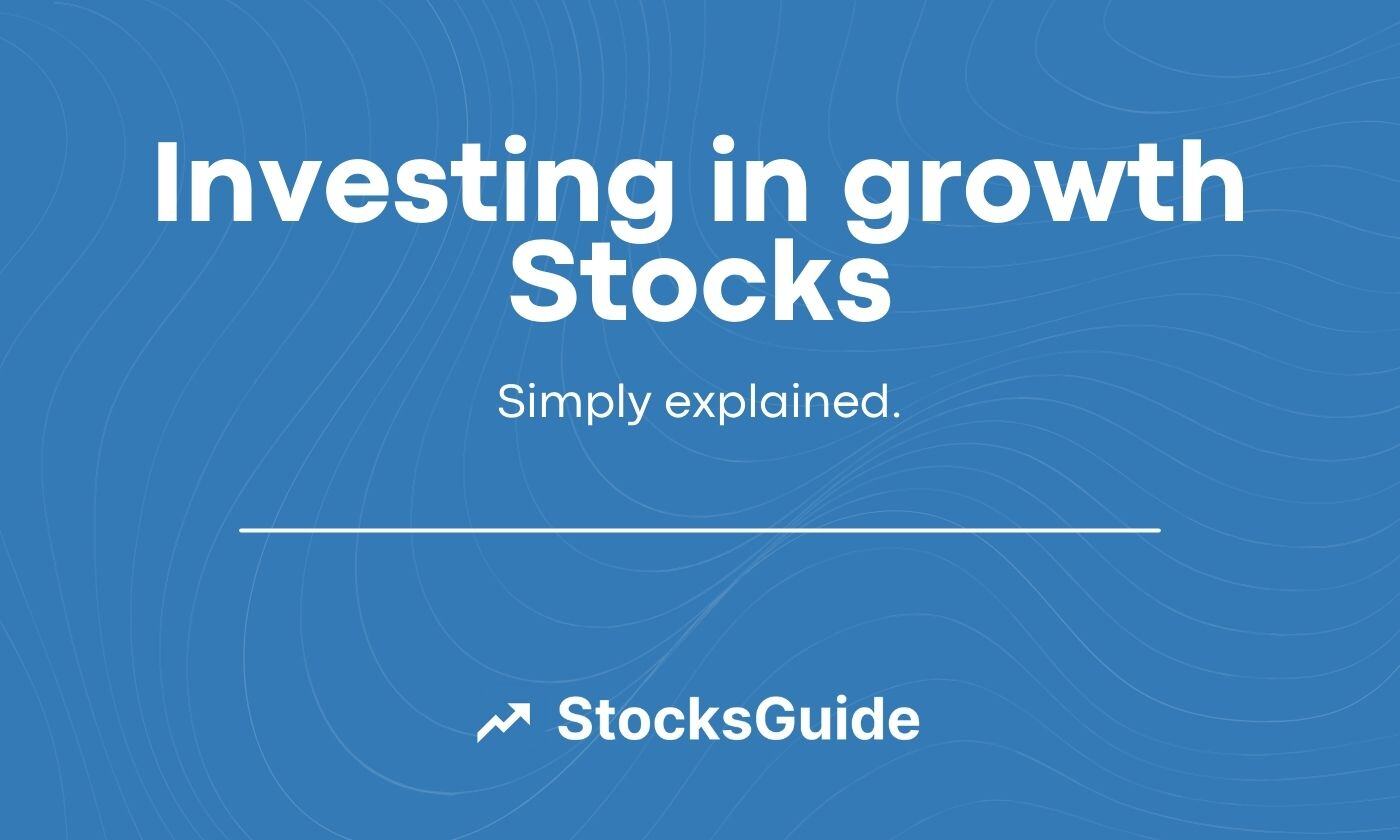In high-growth investing, you look for companies whose value (in the real world outside the stock market) grows as quickly and exponentially as possible over time. The share price fluctuates more or less violently around this intrinsic value. However, it will tend to rise rapidly over time as it approaches the intrinsic value in the long term.
This means that the basic ideas behind high-growth investing (as I practice it) are the same as those behind value investing, which has been successfully practiced by Warren Buffett, for example, for many decades.
However, the usual key figures of classic value investing such as price/earnings ratio (P/E) or price/book ratio ( P/B ) are often not useful for the valuation of growth stocks. The classic value investing approach has therefore never really worked in the high-tech sector, for example.
This is because young, fast-growing companies often have no profit yet and therefore no P/E ratio. In fact, the company often uses up a lot of money during its period of rapid growth. Often so much that it makes large losses. This is not a weakness of these companies, but a clearly formulated and perfectly sensible corporate objective in this phase of the company's life cycle.
The book value is also often not really relevant for technology shares. This is because the most important assets, such as the intellectual property of the technology and possibly network effects or the value of the customer base, are generally not listed on the balance sheet.
The big question is therefore: How can you still try to estimate the future company value and thus the potential of a share if all traditional methods of calculating a fair value fail?
Table of contents
- The enterprise value/sales ratio
- The gross margin
- The Rule-of-40 Score
- How you can use these key figures for yourself
The Enterprise Value/Sales Ratio
Enterprise value (EV) is essentially market capitalization adjusted for debt and cash. If you divide the enterprise value by the sales of a financial year, you get what is probably the most popular key figure for assessing the valuation of a technology company that is still loss-making.
It also makes sense to look at this figure over time to get a feel for how expensive or cheap a share is at any given time. As an example, you can look at the development of the EV/Sales of Facebook shares here:
Of course, this one valuation figure alone says relatively little. Too little, in any case, to make a well-founded assessment of how expensive or cheap a share really is. The business models and the value creation resulting from the different models are too different for this.
It is therefore necessary to assess the profitability of a company - even if it is not yet profitable at the bottom line. This may sound confusing at first, but it is not that difficult.
The gross margin
The gross margin provides a good indication of the profitability of a business model. And you can use the gross margin even if a company is still in the red instead of making a profit.
This gross margin is calculated as the percentage of turnover that remains with the company after deducting direct costs (production costs).
The higher this percentage, the more money a company has available to cover the other so-called overheads, which are incurred independently of product manufacturing for research and development, marketing and sales as well as the company's administration.
Here, too, it is worth taking a look at the development over time - especially in comparison to other shares. Facebook has been able to maintain a gross margin of over 80 percent in the last three years, making it significantly more profitable than Microsoft or Alphabet, for example.
The Rule of 40 score
The “Rule of 40” is a simple indicator used to assess the efficiency of a company's growth and therefore the quality of its business model.
This key figure is calculated as the sum of the sales growth rate and the free cash flow margin.
The higher the value, the better the company's business model. The Rule of 40 states that a first-class technology company should have a score of over 40 percent for many years.
This rule of thumb states that a negative free cash flow rate of 60 percent is still acceptable for a young company that is growing explosively at 100 percent per year. However, as soon as growth slows down and falls to 40 percent per year, the free cash flow should be balanced.
Here, too, you can look at the development over time. Ideally, the Rule-of-40 score is at least stable.
How you can use these key figures for yourself
According to stocks.guide's High-Growth Investing Strategy, the aforementioned key figures are analyzed daily for more than 6,000 global stocks. The most attractive growth stocks then appear in the HGI top scorer list. I use this list, which is updated daily, to find ideas for my High-Tech Stock Picking wikifolio, among other things.




